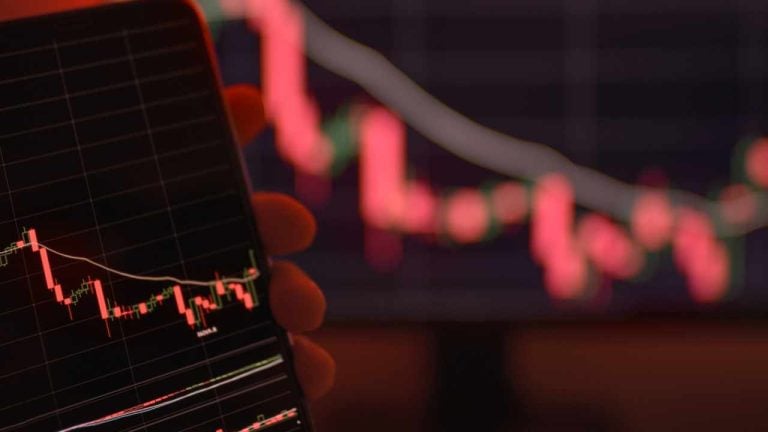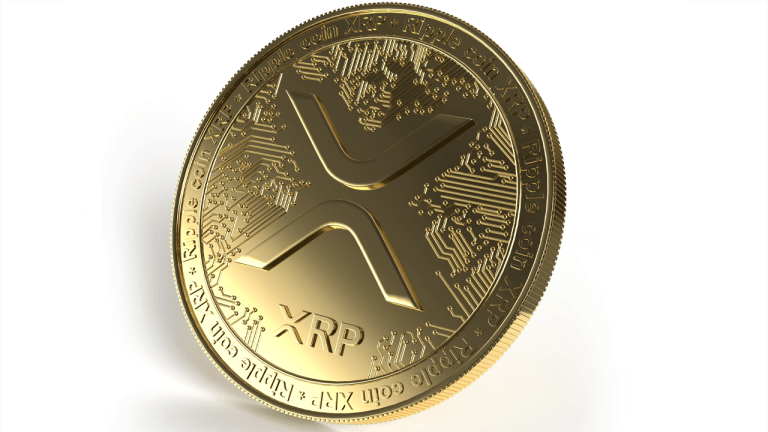
Animals in Trading – The Most Popular Slang in Financial Markets
HodlX Guest Post Submit Your Post
‘The Wolf of Wall Street,’ featuring Leonardo DiCaprio as Jordan Belfort, intriguingly labels its protagonist as a wolf, a nod to the frequent use of animal metaphors in financial markets to describe various trading behaviors and market conditions.
This article explores common animal slang in the stock market, such as bulls, bears and black swans, each symbolizing different market trends and investor behaviors.
Bulls and bears the classic dichotomy
Bears and bulls are probably the first creatures that come to mind when thinking about animals in trading.
Many people interested in financial markets are familiar with these terms or will soon notice their frequent use.
Bulls represent rising market trends, and bears represent falling trends. According to the origin story, the terms come from how each animal attacks bulls charge upwards, and bears swipe downwards.
Bull and bear markets are typically determined by a 20% move. For example, in late 2018, the S&P 500 almost hit a bear market with a 19.8% drop.
It was the pandemic that marked the end of the longest bull market in history. From 2009 to 2020, the S&P 500 saw returns of 400.5% over 135 months as the economy recovered.
These two terms bull and bear not only describe the market but also represent investor sentiment.
A bull is optimistic, buying stocks at fair prices. However, if prices become too high or negative news emerges, investors turn bearish and start selling to prevent losses or secure profits.
Black swans
Black swans are next on the popularity list, but this term is not about people this time.
A black swan event is a highly unexpected one that causes a powerful and widespread impact, deviating sharply from what’s usually anticipated.
They are extremely rare like the housing market crash in 2007 to 2008, the Fukushima nuclear accident in 2011 or the Covid-19 pandemic.
The idea of black swan events became well-known, thanks to Nassim Nicholas Taleb, a finance expert, author and former Wall Street trader.
In 2007, Taleb talked about these unpredictable and catastrophic events in his book well before the 2008 financial crisis.
He emphasized that market players should be ready for the upcoming downturn, even if it seems unlikely.
Rabbits, turtles, whales, unicorns, sharks, wolves and others
Rabbits, turtles and other animals extend beyond the common bulls, bears and swans. Exploring other animals in trading is essential to grasp the full spectrum of market behaviors.
One group can be described as active and aggressive traders.
- Rabbits Speedy traders who hop in and out of positions for short-term gains. They’re known for quickly seizing opportunities in fast-paced markets.
- Sharks Aggressive traders are skilled at exploiting market inefficiencies and profiting from others’ losses with high-risk strategies.
- Wolves ike sharks, savvy and opportunistic investors observe market movements and exploit emerging opportunities for profit.
Another category is conservative and influential players.
- Turtles Those who take a slow and steady approach, focusing on long-term growth and prioritizing risk management over short-term gains.
- Whales Big investors or wealthy institutions with plenty of financial resources to move around in markets. Their substantial trades can really shake up asset prices and market feelings because they have so much capital.
- Elephants Large institutional investors or companies with considerable market capitalization.
A few others don’t fit into any group and prefer to operate independently.
- Unicorns Extremely rare startups worth over $1 billion. They’re known for disrupting industries and attracting investment due to their growth potential and innovation.
- Sheep Those often mimic the crowd’s behavior.
- Ostriches They ignore unfavorable market conditions or news related to a particular asset.
- Hawks and doves Hawks support tighter monetary policy, which equals higher interest rates, and doves prefer looser monetary policy, which equals lower interest rates.
It’s not necessary to stress over unknown slang words. However, understanding trading slang is significant because it reflects how people talk to each other within trading communities.
Even if some terms seem elusive or cryptic, they create a language that unites the target audience even if it initially seems a bit obscure.
Kar Yong Ang is a financial market analyst for Octa and a seasoned trader, educated at the National University of Singapore. Kar Yong has been featured on Singapore’s Channel News Asia Money Mind: Young Investors and was awarded Most Popular FX Trainer in Malaysia and Top Forex Analyst in Asia by WikiFX in 2019.
Follow Us on Twitter Facebook Telegram

Disclaimer: Opinions expressed at The Daily Hodl are not investment advice. Investors should do their due diligence before making any high-risk investments in Bitcoin, cryptocurrency or digital assets. Please be advised that your transfers and trades are at your own risk, and any loses you may incur are your responsibility. The Daily Hodl does not recommend the buying or selling of any cryptocurrencies or digital assets, nor is The Daily Hodl an investment advisor. Please note that The Daily Hodl participates in affiliate marketing.
Generated Image: Midjourney
The post Animals in Trading – The Most Popular Slang in Financial Markets appeared first on The Daily Hodl.
Go to Source
Author: Kar Yong Ang








